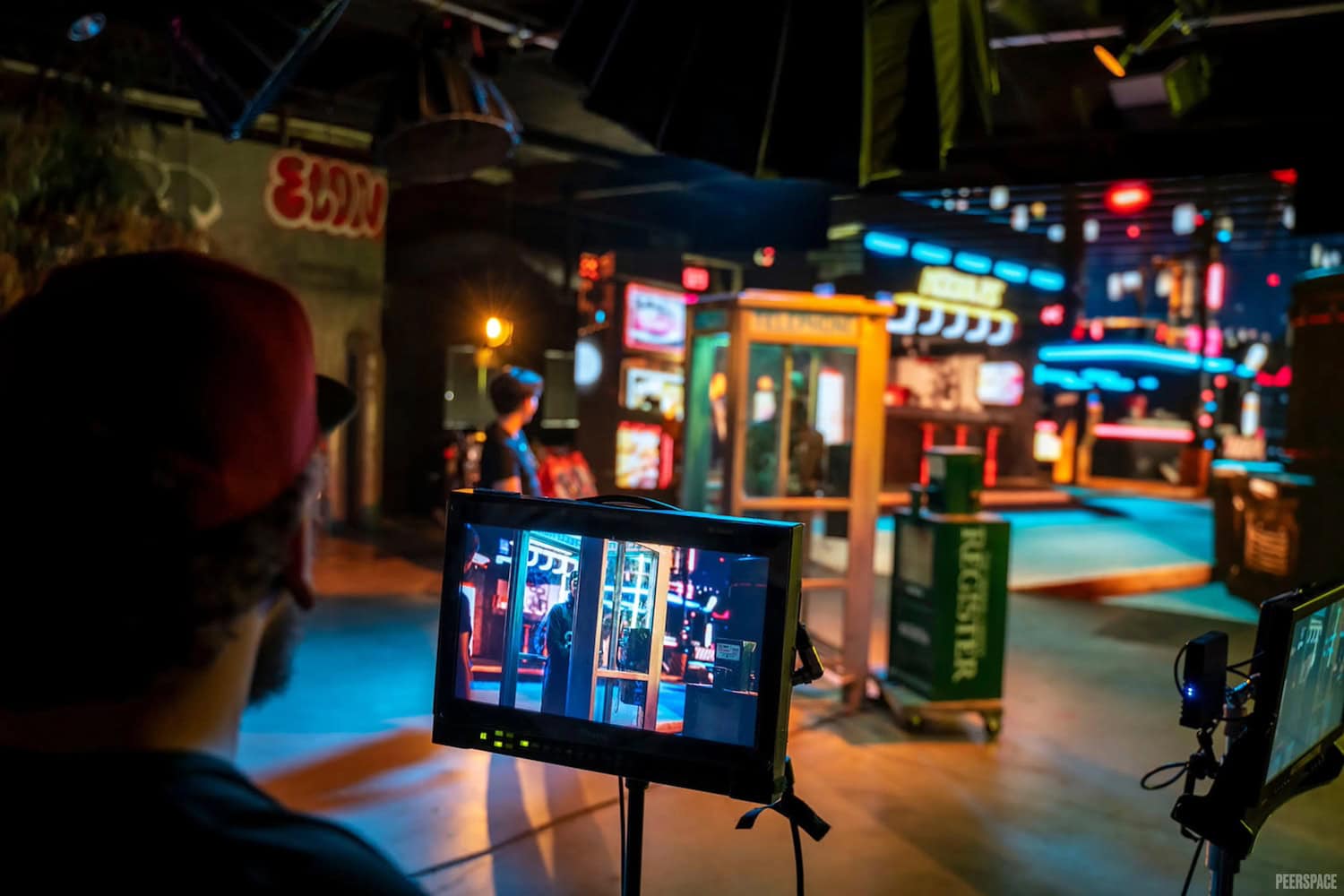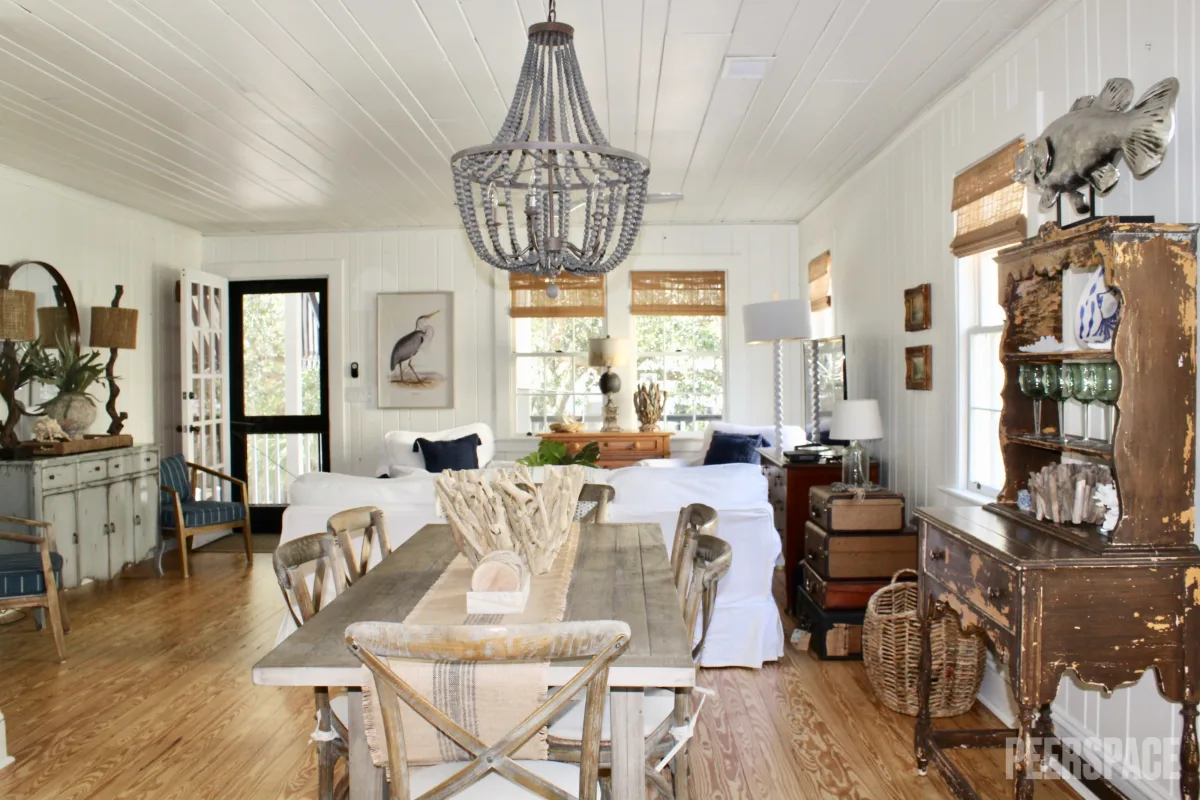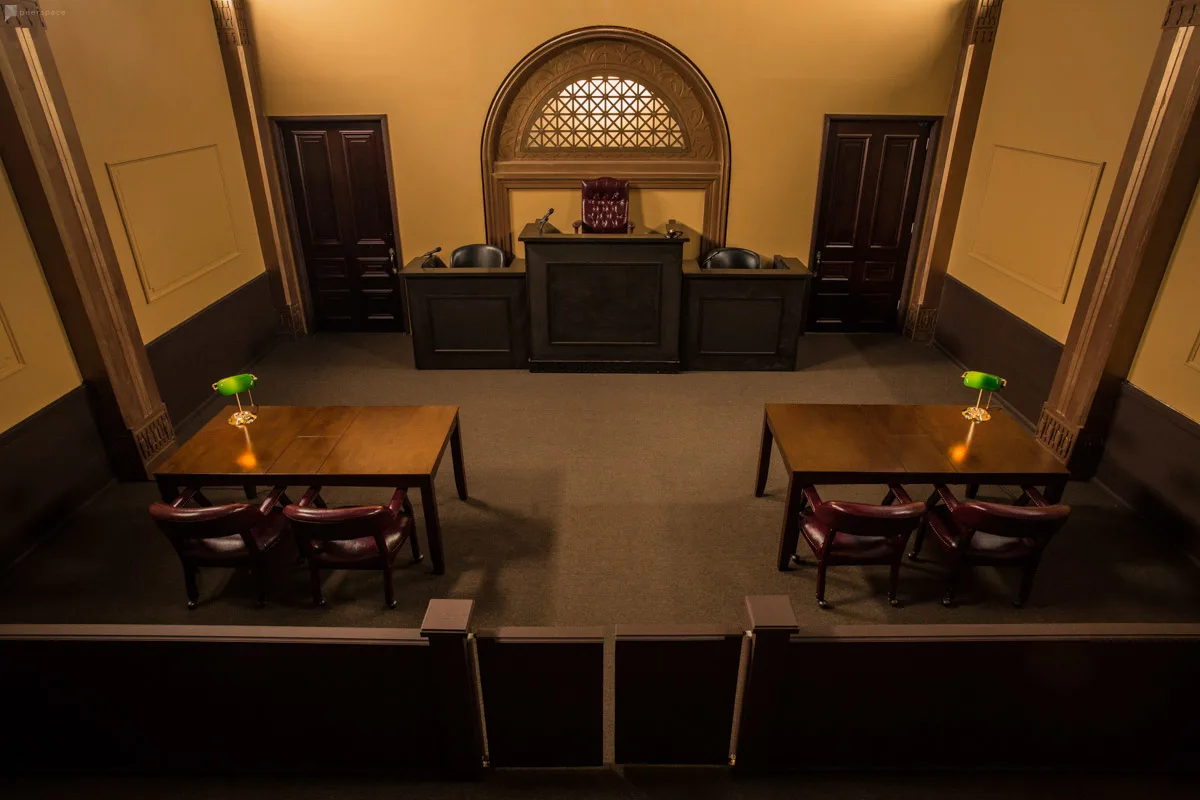A Beginner-to-Expert Roadmap for Videography Pricing
-
 Edited by Alexis Shiraki
Edited by Alexis Shiraki
Lead Editor & Publisher
- October 5, 2024
- 16 min read
- Filmmaking
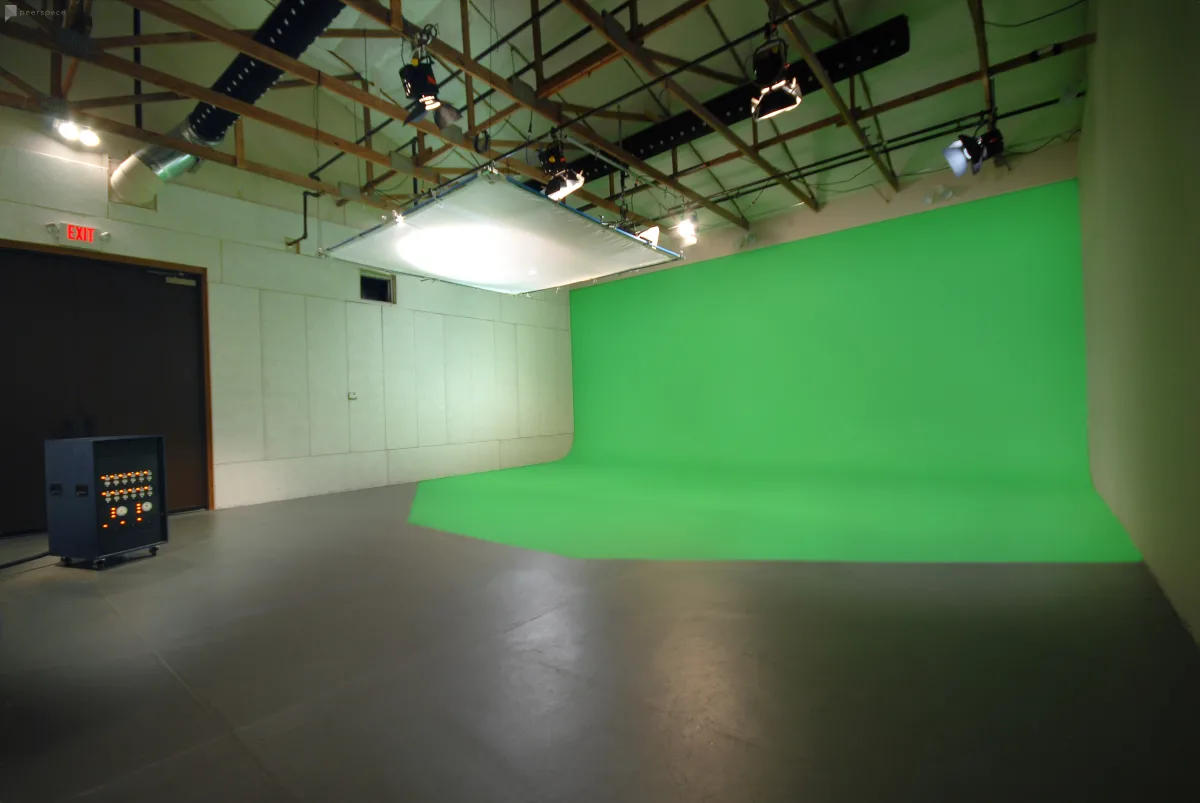
Source: Peerspace
Answered
Production locations on Peerspace typically cost $60 — $180 per hour.
If you’re just starting as a videographer in Los Angeles, New York City, or even in your small town in Oklahoma, one of the first challenges you’ll need to overcome is videography pricing. Especially in the beginning. It can be hard to know your worth and pitch yourself in a way that feels fair to potential clients while maximizing your earning potential.
Ahead, we’ll share with you ways to do exactly that. This roadmap for videography pricing is an excellent resource for any professional videographer, whether you’re a beginner or an expert.
One thing you’ll always need to consider when creating content is the video shoot location where you plan to film. Luckily, Peerspace can help you out with that, too! As the largest online marketplace for hourly venue rentals, we offer you access to one-of-a-kind spaces across North America and beyond.
Just search your location or destination and you’ll easily find stunning places to produce your next film project. And with Peerspace, you get more than just a killer venue, you get the full support of your venue’s local host. Whether they themselves are in the industry or have just grown accustomed to working with productions, they can provide their support in any way you need.
With all that in mind, here is your ultimate videography pricing guide.
- Start by assessing the quality of your gear
- Upgrade your location with Peerspace
- How to acquire your first client and set the “day rate”
- Tips on marketing yourself well
- Places to pitch your work
- Find your video pricing comfort zone
- How to expand your videography business
- The bottom line on videography pricing
Start by assessing the quality of your gear
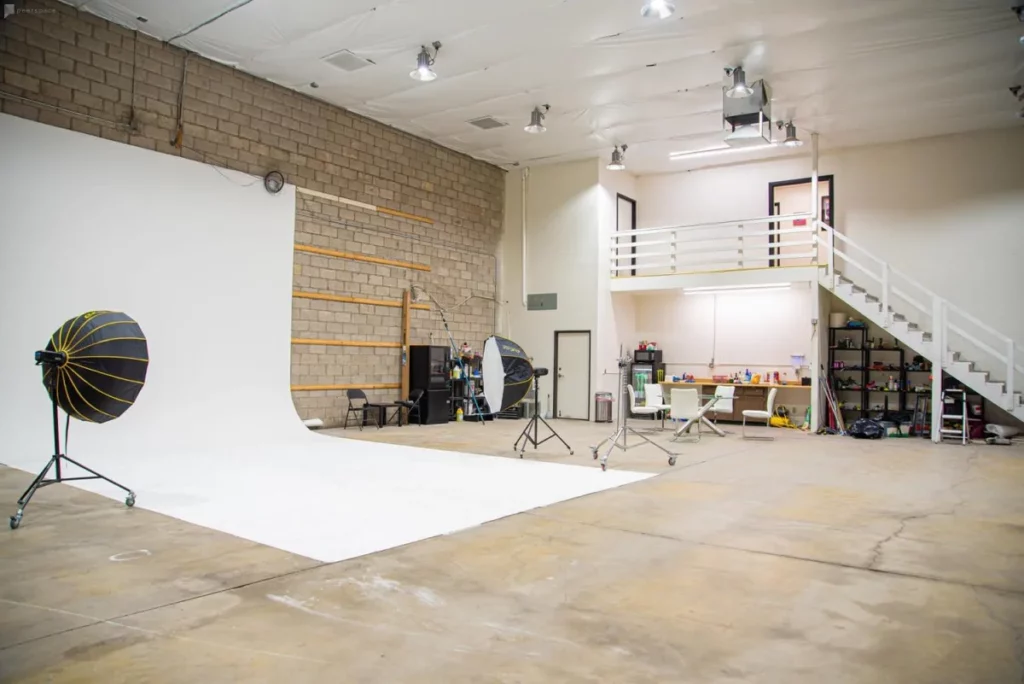
What camera are you shooting with? What kind of quality and resolution will it produce? As a baseline for this videography pricing framework, the lowest-quality camera you will come to set with will be a Canon t3i. The t3i has been a typical beginner’s camera for almost a decade, and it lays the ground rules for quality in a professional setting.
The t3i records 1080p video at 24 frames per second. Its interchangeable camera lens system allows using nicer lenses on what is only a $300 camera body. And remember, better lenses will create a higher-quality image regardless of the camera body’s limitations. The record-setting 1080p24 is the baseline requirement for your equipment. If your camera can do that, and you have an excellent way to capture clean audio, you’re ready to follow this pricing framework.
If your equipment does not meet these specifications, you can still start working with clients. The difference is that you may need to start at a lower price point and use the money you make to upgrade your equipment.
Learn more about videography equipment with our guide on using an anamorphic lens!
Upgrade your location with Peerspace
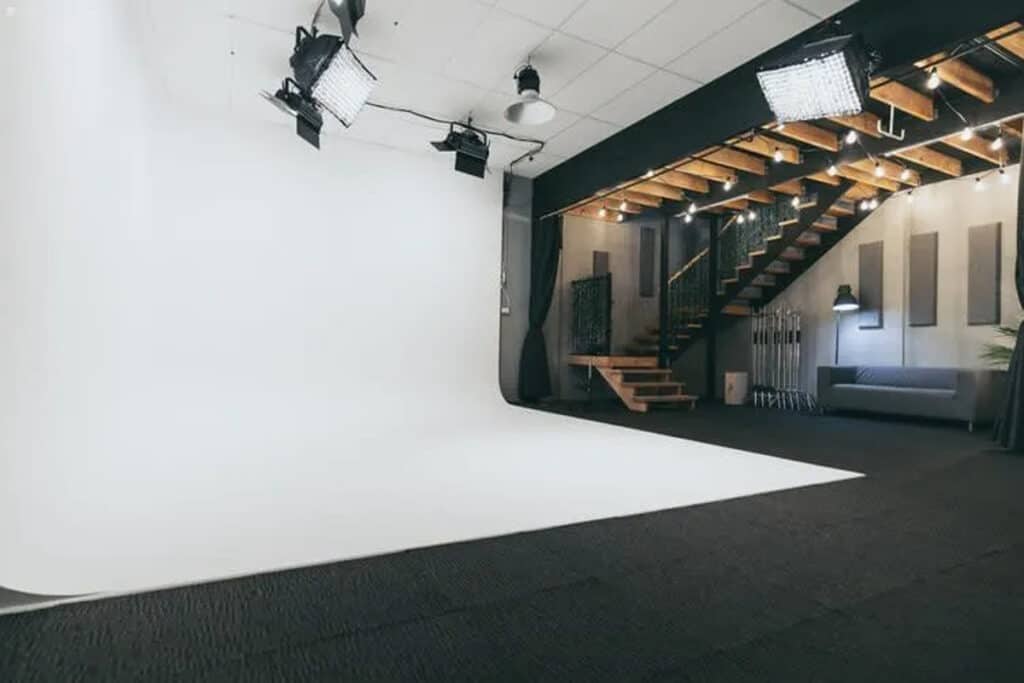
Besides upgrading your gear, may also need to book a stunning video shoot location, which you can do right here on Peerspace. Booking a Peerspace allows you to use a professional environment for your client shoots and other creative projects.
Whether you’re working on a music video, a promotional video, or anything in between, there’s a Peerspace to match your style and budget. Choose from sound stages, fully equipped film studios, and more.
Here are a few of our favorite Peerspace production venues to serve as examples:
- This film studio in Ravenswood, Chicago, IL, with a corner green screen cyc wall, a lighting grid, and concrete chroma green flooring.
- This professional videography studio in Morrisville, NC, with natural and studio lighting, backdrops, a dressing room, and planning space.
- This large, open videography studio in Orlando, FL, with a corner cyc wall, pro gear, and several filming areas.
- This production studio with custom video wall in Los Angeles, CA, with projection mapping, an on-site editing and screening room, and a DIT station.
- This private photo and video studio in north London, UK, with a variety of backdrops, Bluetooth speakers, white and black polyboards, and a makeup vanity.
- This full-service video and live broadcast studio in Seattle, WA, with grip and production packages, a catered kitchen, and plenty of equipment.
- This fully equipped production studio in Toronto, Canada, with props, professional equipment, easy load-in and out, and a dressing room.
So many Peerspace venues include professional gear, like lighting and backdrops, either built into the price or as add-ons from the host. Whatever your chosen location includes or considers an add-on is clearly stated on the listing page. That way, you know what to expect before booking.
Speaking of well-equipped studios, check out these 11 creative backdrop ideas for your next shoot!
How to acquire your first client and set the “day rate”
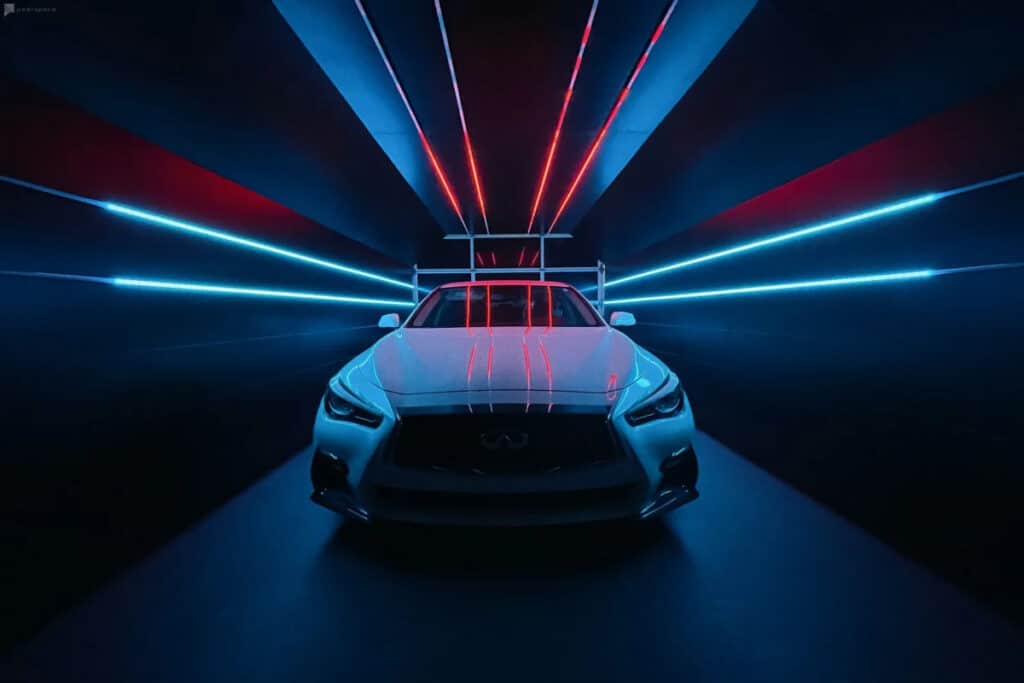
Your first client might be a small local business, such as an artisan coffee shop or a car dealership down the street. Let’s say they need a short promotional video shot and edited within a week to post on their Facebook page.
A day rate simplifies the billing process, offering a flat fee for eight hours of on-location shooting. This approach is especially beneficial in the early stages of your career. It allows you to focus on honing your skills and building your portfolio without the complexities of variable pricing.
Initially, charging a day rate also means you’re committing to not just capturing footage but also delivering a finished product. This typically includes editing the video to a professional standard within a week of shooting. This promise of a complete package — shooting plus editing — can be a strong selling point for potential clients.
Starting with a day rate of $150 is a sensible approach. Given the specialized nature of videography, $18.75 per hour (which breaks down from the $150 day rate) positions you competitively in the market. It acknowledges the skill and creativity involved in videography, setting it apart from jobs that require unspecialized skills. Plus, this pricing is accessible enough not to deter potential clients due to inexperience or a still-developing portfolio.
It’s worth noting that as you gain more experience, refine your technique, and expand your portfolio, you should reassess your rates. Increasing your day rate reflects the enhanced value and quality you bring to your projects. It also aligns with the industry standard for professionals with a proven track record and a robust body of work.
How to raise your day rate
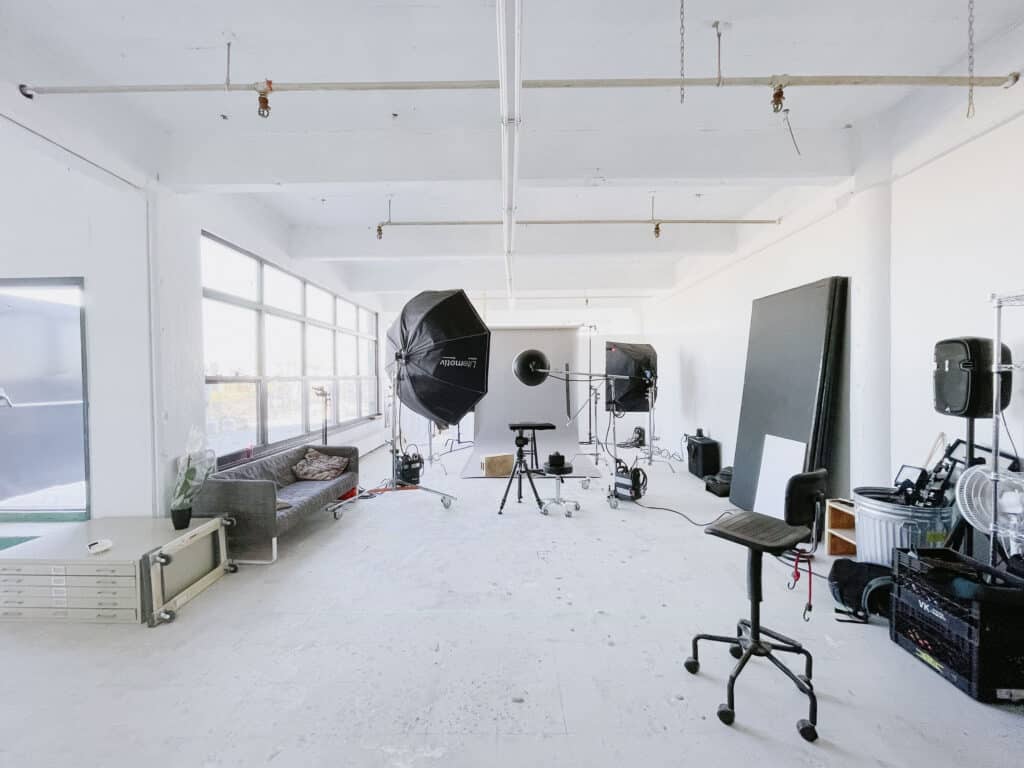
At some point in your career, you’re going to need to raise your videography pricing. This may happen after purchasing new equipment or developing your skills as a videographer. If you started at $150/day, including the edit, the first step would be splitting your filming and editing prices.
When you’ve gotten better at filming interviews or beautiful shots and consider yourself comfortable with editing a good video, raise your day rate to $200 and start charging $100 for the edit. This effectively doubles your earnings and communicates the different value propositions of your filming and editing skills.
The next tier as you get better is a $350/day rate and $150 for the edit. When you reach this price bracket, it’s time to start looking at another videography pricing framework.
Determining videography pricing by project
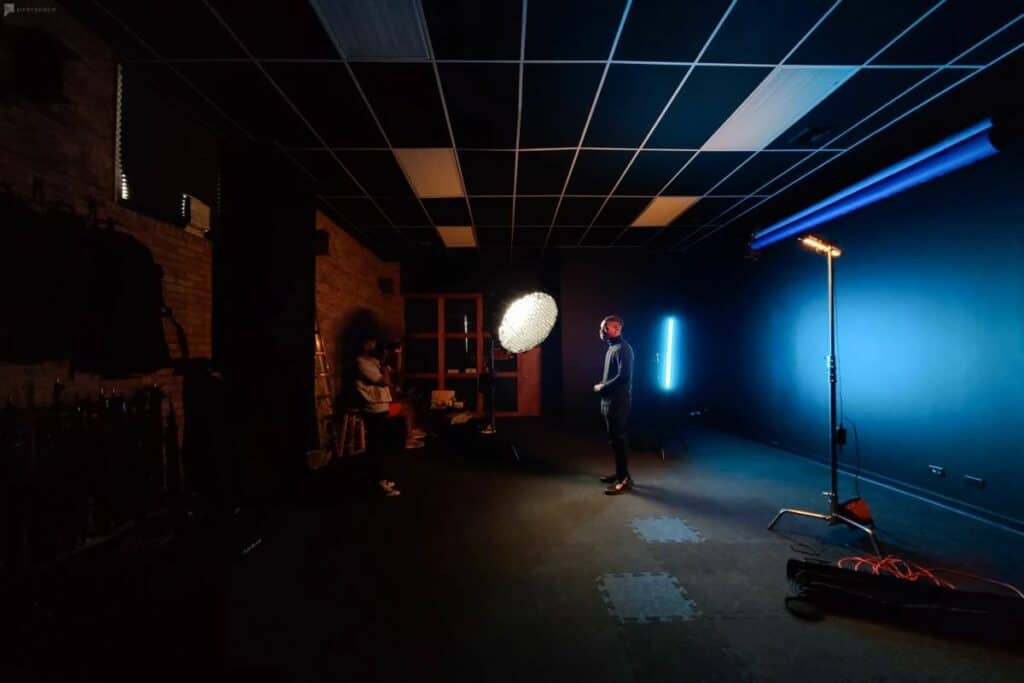
Pricing your videos by project presents the greatest opportunity to increase earning potential for your videography. This applies whether you’re shooting a web series, music video, or any other type of project. Pricing by project shifts the clients’ focus to how much effort you are giving to the production. They then focus on the value of the completed video for their goals.
Especially when you’re more skilled, a video that you spend a couple of days on could earn a client thousands or millions of dollars in revenue for the right ad targeted wisely. That’s a lot more valuable than your $350/day rate.
Working with glamour influencers? Then you need to see our creative video ideas for beauty gurus!
Tips on marketing yourself well
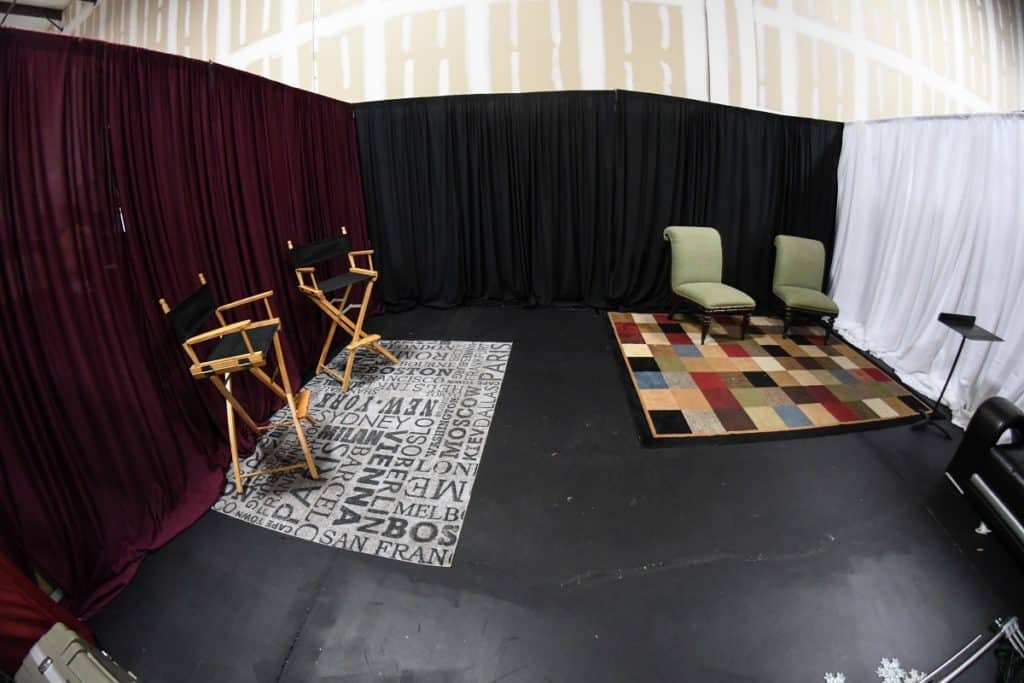
Effective marketing is crucial for businesses of every size, and even more so when you’re starting out. After all, people cannot hire you if they don’t know your business exists! Therefore, it’s wise to invest lots of time and some money into raising awareness about your brand.
Start by posting your projects on social media, like Instagram and TikTok, and create a professional LinkedIn page. If you do not already have a professional website, this is a good time to start one. Here, you can display your portfolio, an “about me” page to detail your experience and passions, and share a pricing page if you like.
You can also start pricing per project by creating a sample one-minute video in your style. Then, sell that video to other brands or personal brands for a flat fee of $500. This is very effective for marketing your videography because you can create a sample video with graphics and color treatment as a template for future videos and show it to new potential clients.
Your current marketing sounds like this, “My time costs $350/day, and it will take me one day to film. Plus, it’s $150 for the edit to make the video you want in a week.” After shifting to a project-based pricing model, it’ll sound a lot better, “Here is what I did for X company. If you want this with your logos and message, it’s $500 and a week turnaround.”
Places to pitch your work
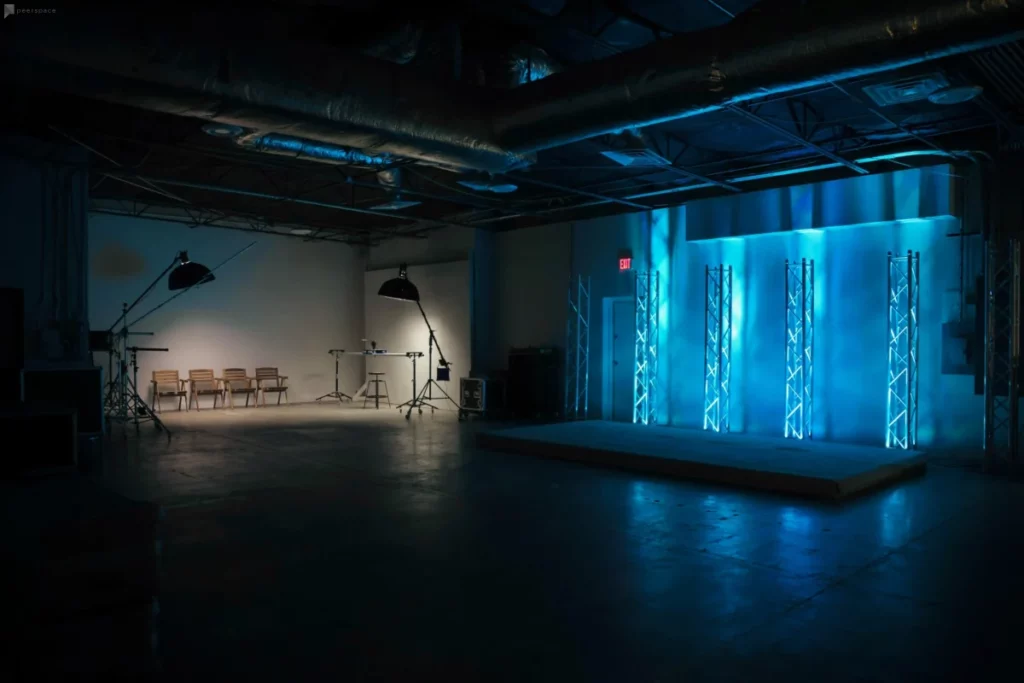
Choosing the freelance path as a videographer means embracing a more proactive approach to finding work. Unlike being part of an established local videography company, where projects are often assigned to you, freelancing requires a creative and strategic effort to attract clients. This independence brings the challenge of self-promotion and the need to distinguish yourself in a competitive market.
Pick your platform(s)
Fortunately, there are several platforms designed to facilitate the process of connecting freelancers with potential clients. Services like Thumbtack, Upwork, Fiverr, and Vimeo are invaluable resources for freelance videographers looking to showcase their skills and services. These platforms offer the opportunity to reach a wide audience, but the key to truly capitalizing on these opportunities lies in how you present yourself.
Put effort into creating profiles
Creating comprehensive profiles on each platform is crucial. Beyond simply listing your services, it involves curating a portfolio that highlights your best work and sharing testimonials from satisfied clients. Plus, linking to your professional website and active social media accounts is a must. These profiles are your digital storefronts, and the care you put into them reflects your dedication to your craft.
Additionally, the effort you invest in developing your online presence pays off in terms of professionalism and credibility. A polished and professional profile not only attracts more clients but also positions you to command higher rates for your work. In the freelance world, perception is reality; a strong, professional image can substantially impact your ability to secure lucrative projects.
Network and build brand loyalty
Engaging actively with these platforms and your social media followers can help build a sense of community and loyalty around your brand. Sharing behind-the-scenes glimpses, insights into your creative process, and success stories from past projects can build a connection with potential clients. This way, they’re more likely to choose you for their videography needs.
The success of a freelance videographer hinges not just on skill and creativity but also on the ability to effectively market oneself. The more time and effort you dedicate to building a professional online presence, the greater your chances of attracting a steady stream of clients and commanding fair rates.
Find your video pricing comfort zone
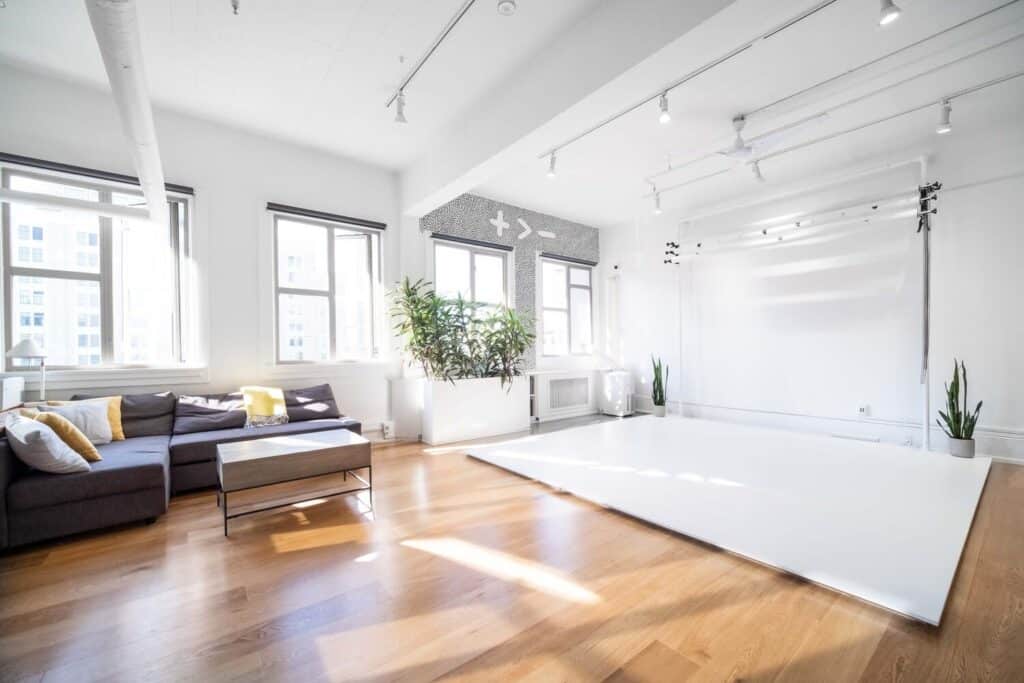
As you create a larger body of work and develop your skills, you can start charging more for your work. Perhaps you sell the same kind of video, with your new skills a year into your career, at $1,000 or $2,500. The right clients with suitable needs will pay almost any price if you make them confident that it will be worthwhile.
There is no upper limit to videography pricing by the project. It is not uncommon for videographers to pitch and close the deal on corporate videos for Silicon Valley tech companies at $50,000 for a single 10-minute video.
A great rule of thumb when you’re trying to grow your income: find a price that you’re comfortable with asking of your client, then double it. Even if you negotiate back down, you’ll likely land above the original number.
Is your client an aspiring content creator? Then you need to see our creative YouTube video ideas next!
Decide if videography pricing by retainer is right for you
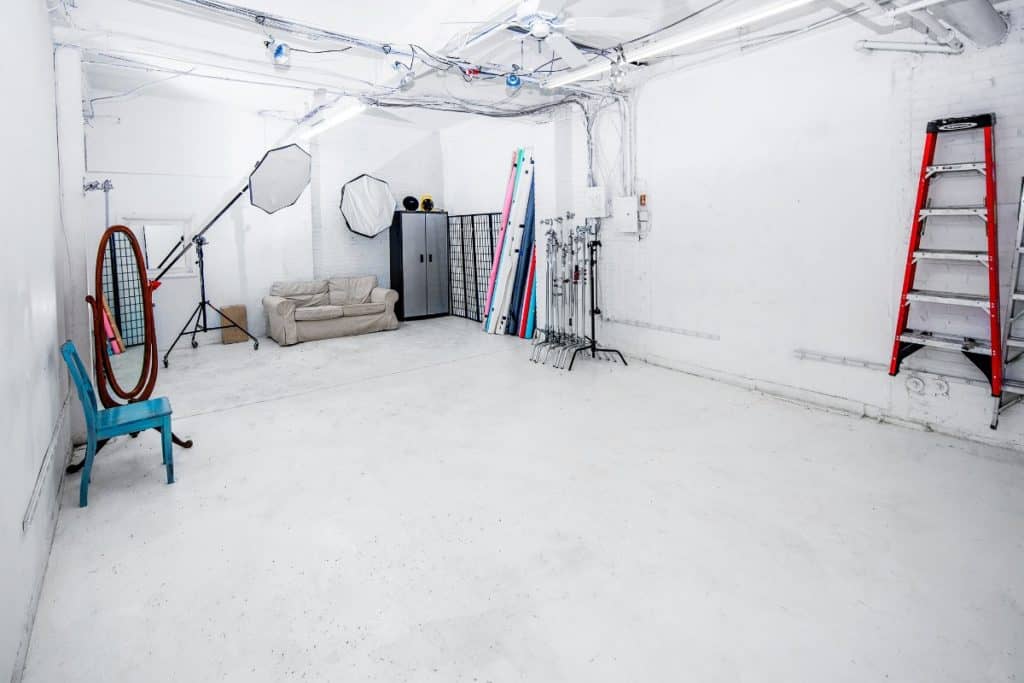
Retainers are a rare, excellent, lucrative type of videography pricing that can change your life as a freelancer. When you get good enough as a videographer to develop an ongoing relationship with a single client, you can start to explore a new arrangement in the form of a monthly retainer.
A monthly retainer gives the client specific access to your services on a rolling basis for a premium price. Videographers commonly desire to work with the same client reasonably often but do not want to be stuck in the corporate machine and overseen by a boss for less money. And that is what a retainer-style business allows you.
Know your value, set your boundaries
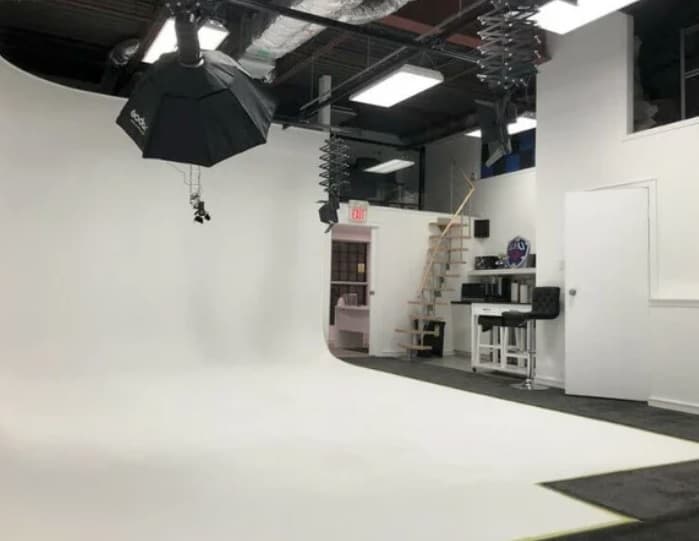
When setting up a monthly retainer, you need to set boundaries. You do not want to give your clients unfettered access to you for one price because they will almost certainly take advantage. Set up time constraints, like a set number of hours each week.
In addition, clearly state monthly deliverable expectations. For example, you and the client can agree on making three of one type of video each month and three of another. When you create and deliver the project, you’re all done. Any work outside of that is an added expense for the client.
An excellent price structure to start you out is creating four YouTube videos under five minutes each month for $2,500. Let’s say the client loves the videos but wants to put them in more places. You could then charge an extra $500 to re-edit the same videos in square and vertical formats for the client to post on other platforms.
These are our favorite video production blogs. Check out this curated list and get inspired!
How to expand your videography business
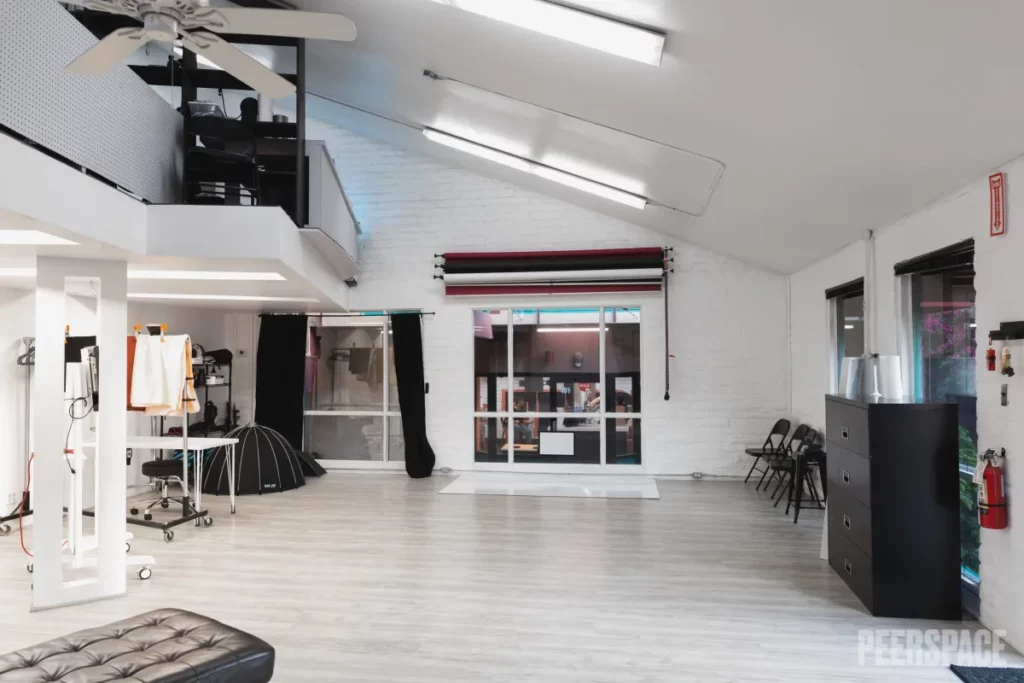
Continuing to accept clients and working on projects is only the start when it comes to growing your business. You’ve invested in yourself by expanding your skillsets, which can reflect in your increased rates, but what about investing in your space?
Most videographers have a studio space in which they work. If you have a studio, it’s likely where you keep your equipment for shooting and editing videos. Have you ever thought about listing your studio on Peerspace to earn even more money? Many videographers list their studio on Peerspace for local artists to use in their off time. In fact, there are lots of creative ways to earn money from your studio, which is easy to do with Peerspace.
Simply start a Peerspace profile and create a listing for your studio. Upload lots of great photos of your studio, write a description highlighting its attributes, and detail the spaces and gear available to potential clients. Research production locations in your city to set a competitive hourly rate and read their reviews to see what renters like and dislike about these spaces.
The most popular studio rentals on Peerspace are those that provide its clients with lots of gear. You can even follow our guide on how to build a cyc wall to add extra value to your studio space.
Listing your studio for rent on Peerspace is not only a great way to earn extra cash. It can also help you grow your business in ways you possibly never thought of. It gives you a wonderful opportunity to network with other local creatives. And the better you are at hosting and making your clients feel welcome, the more word-of-mouth your studio will get, increasing your rental requests.
The bottom line on videography pricing
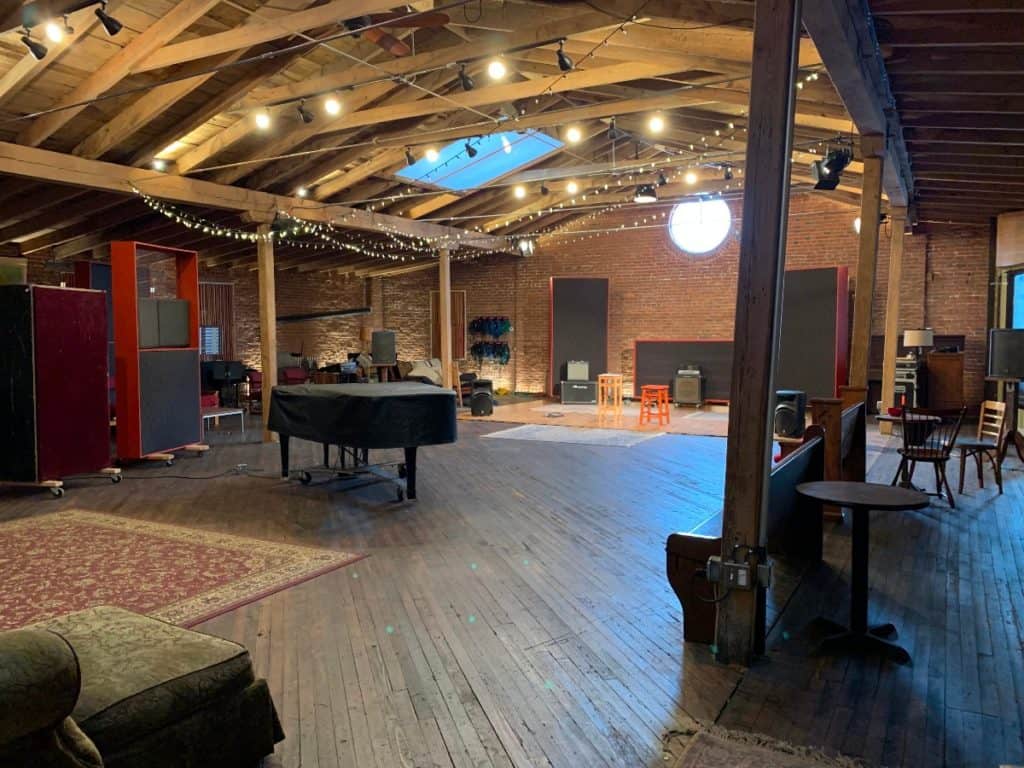
Whichever way you decide to price your work, remember your value to the client. Don’t let them talk you into anything outside of the agreement for free. Know your worth, and earn what you’re worth.
And when you need new places to shoot, rely on Peerspace. With thousands of stylish and high-tech venues across the country, you’ll be sure to find spots to enhance your portfolio and inspire your creativity. Simply enter your location and browse the available listings for production venues, studios, and more. You can look at high-quality photos, detailed descriptions, and genuine reviews from past renters for each listing to help narrow down the search.
If you find the perfect venue, but it’s missing a little something, remember to contact your venue’s local host. They strive to ensure your time in their space is professional and fulfilling. While many include gear in their rates, others offer it as an add-on. And if they do not, you can always ask them for recommendations and to handle any requests you may have.
The venue price on Peerspace is a lot more clear-cut than for setting up your videography services, luckily! You’ll see the hourly rate directly on the listing. The host will also list if there are discounts for booking a set number of hours as well as list add-on charges for extra equipment if applicable. Have fun and good luck!
Find unique production venues on Peerspace
Get together somewhere better
Book thousands of unique spaces directly from local hosts.
Explore SpacesShare your space and start earning
Join thousands of hosts renting their space for meetings, events, and photo shoots.
List Your Space

